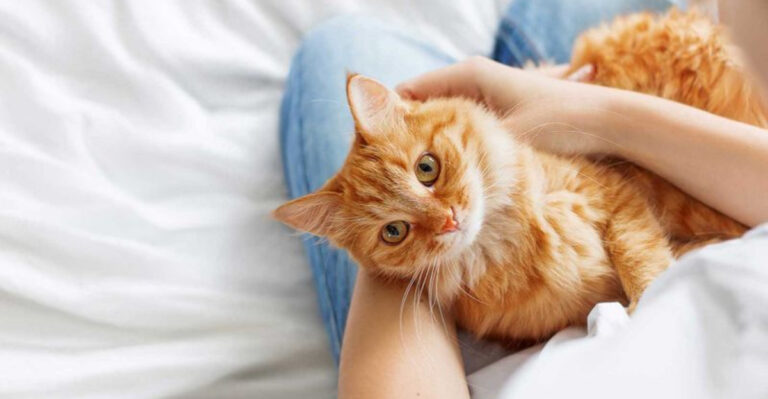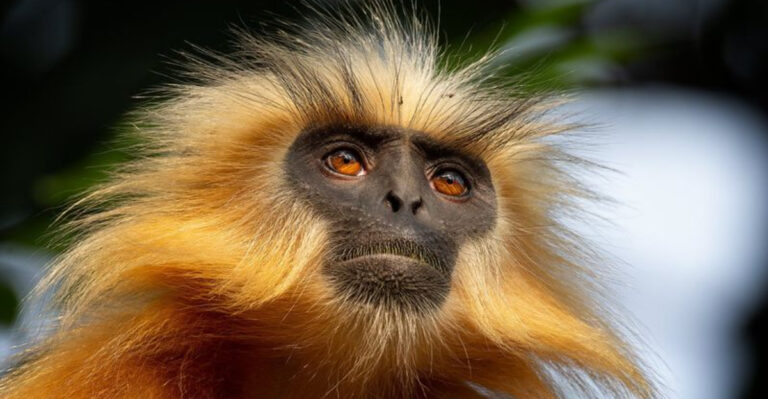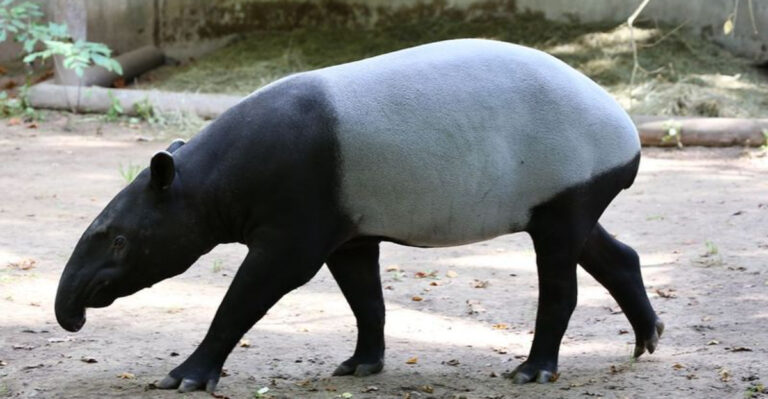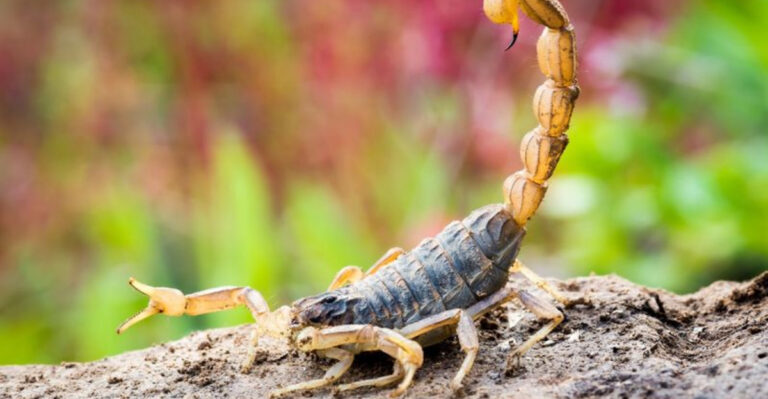Naughty Bears Break Out, Steal A Week’s Worth Of Honey, And Take A Long Nap
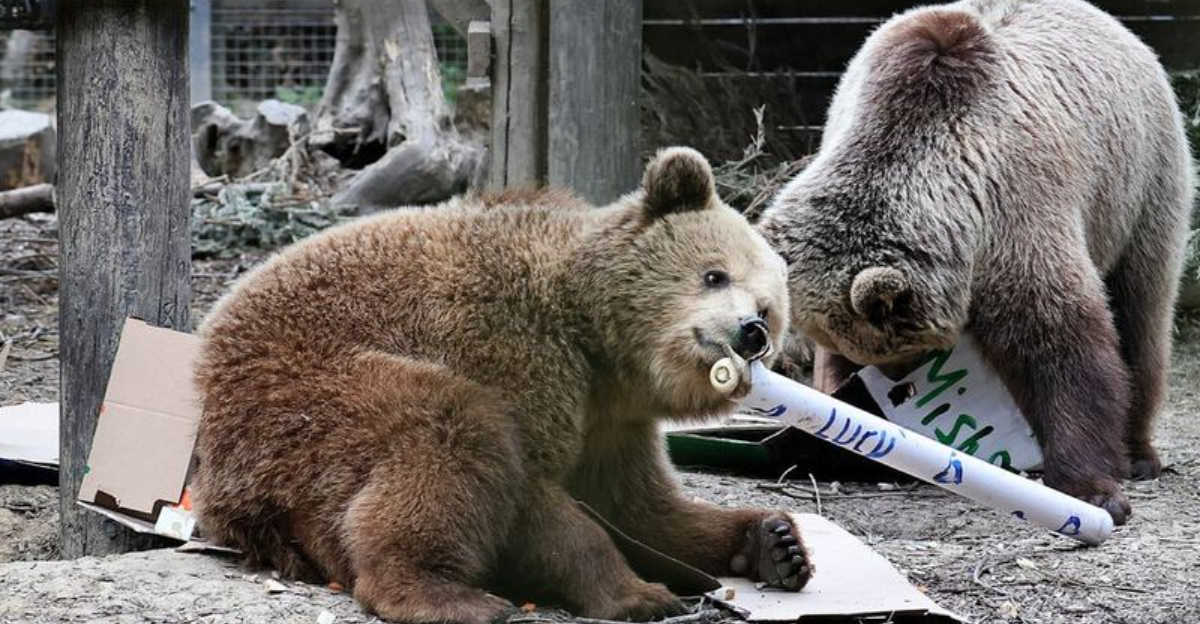
In a rather amusing turn of events, two young bears at Wildwood Devon managed to break free from their enclosure and raid the food store, indulging in a week’s worth of honey.
Mish and Lucy, both 5 years old, posed no threat to the public but certainly made a mess as they feasted before being safely returned to their enclosure.
The staff at Wildwood Devon acted quickly to secure the area, ensuring the safety of both the visitors and the bears. This playful escape highlights a common fascination bears have with honey, but why are they so drawn to it?
Mish And Lucy’s Honey Heist
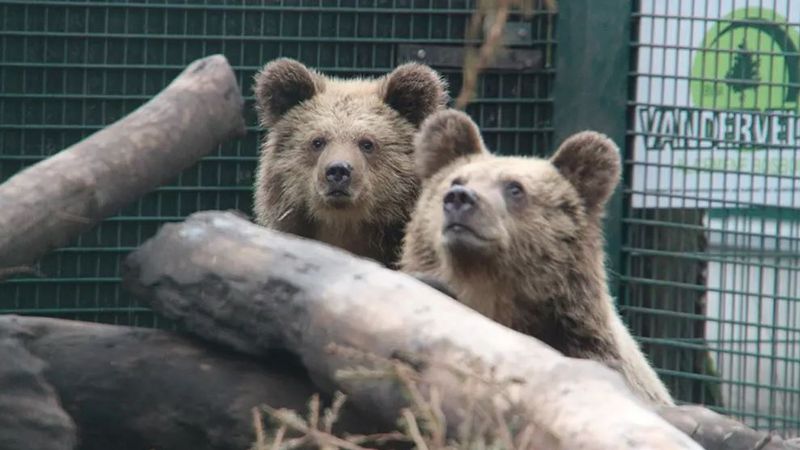
Mish and Lucy, the furry masterminds behind the great honey heist, somehow outsmarted their enclosure’s security system. Their first stop? The food storage area where jars of golden honey awaited their mischievous paws.
Zoo staff sprang into action, calmly directing visitors to safety while preparing tranquilizers. Thankfully, they weren’t needed as the sticky-faced culprits were gently coaxed back home.
Bears And Honey: Why Do They Love It So Much?
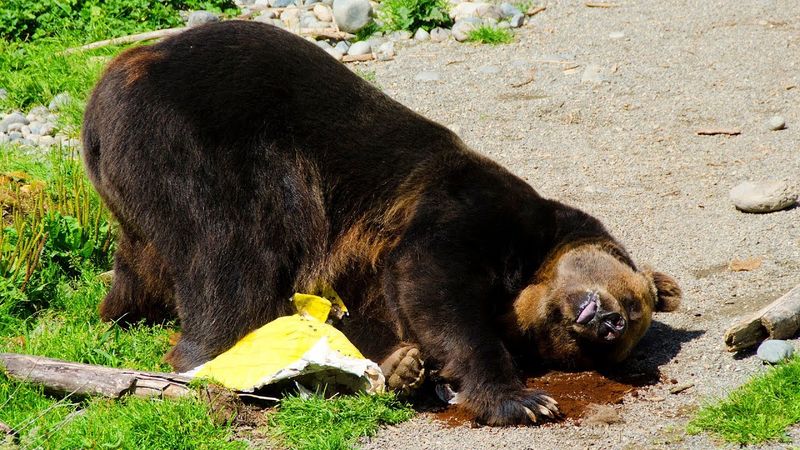
Bears possess an incredible sweet tooth that rivals any kindergartner’s candy obsession. Their powerful noses can detect honey from miles away, drawing them to this calorie-packed treat.
A single pound of honey provides about 1,400 calories – perfect fuel for these large mammals. Beyond the sweetness, bears also relish the protein-rich bee larvae often found inside hives.
Which Type Of Bear Loves Honey The Most?
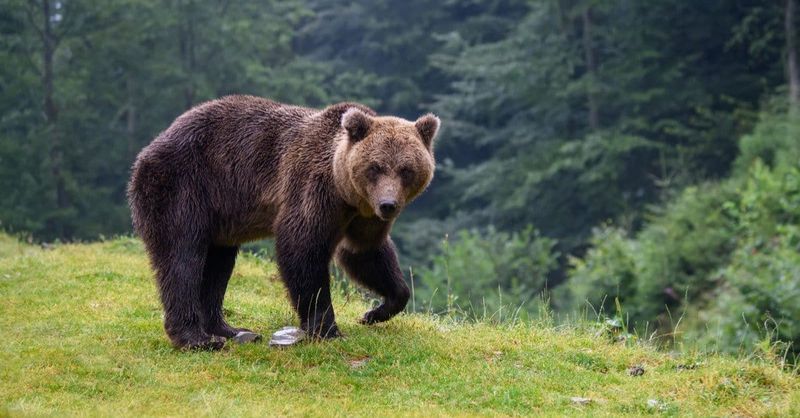
American black bears hold the championship title for honey obsession. These woodland opportunists will travel remarkable distances when they catch a whiff of that sweet gold.
Sun bears, with their uniquely long tongues, evolved specifically for honey extraction from tree hollows. Brown bears follow close behind in the honey-loving rankings, often destroying entire apiaries in their quest for sweetness.
The Bears Who Don’t Love Honey
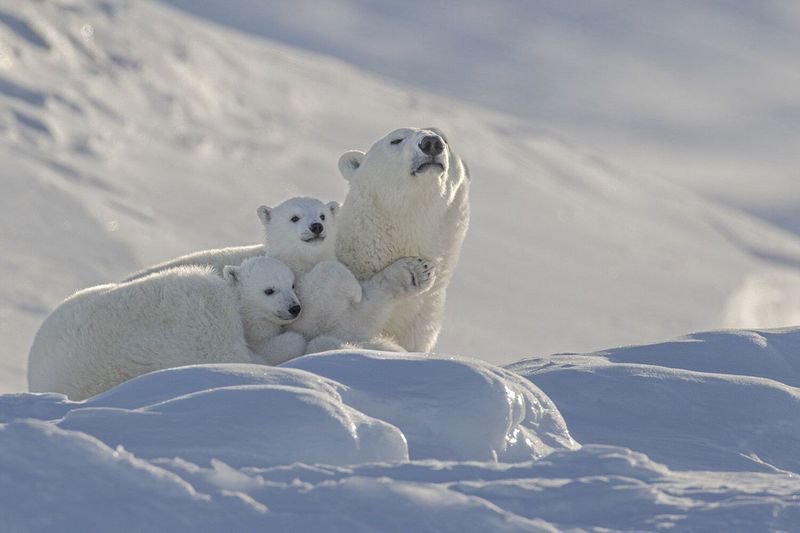
Polar bears stand as the rare exception in the honey-loving bear world. Living in the Arctic’s frozen landscapes means they’ve never developed a taste for this sweet treat.
Their diet consists almost exclusively of seals and other marine mammals. Even when kept in captivity, polar bears rarely show interest in honey when offered, preferring meat-based meals instead.
The Sweet Side Of Bears
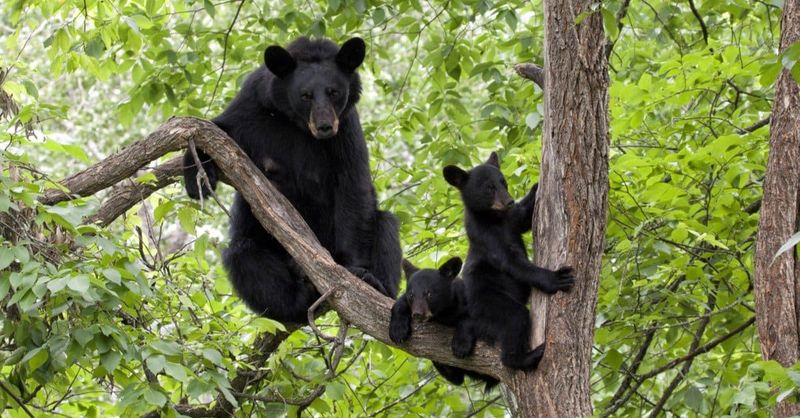
Honey offers bears the ultimate survival jackpot – massive calories with minimal effort. A single raid can yield thousands of calories, helping bears pack on crucial pre-hibernation weight.
The sticky substance contains essential vitamins and minerals too. Bears’ digestive systems efficiently process honey’s natural sugars, converting them directly into the fat reserves needed for winter survival.
Climbing And Breaking Hives
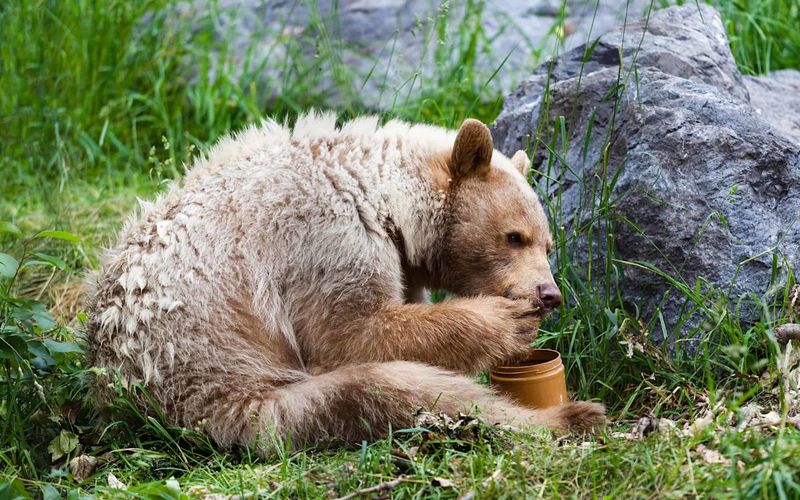
Armed with razor-sharp claws and surprising agility, bears transform into expert climbers when honey is the prize. They’ll scale towering trees, balancing precariously on branches that seem too flimsy for their bulk.
Once at the hive, they smash through with powerful paws, seemingly unbothered by defensive bee stings. Their thick fur and tough skin provide natural armor against all but the most determined defenders.
What Else Do Bears Eat Besides Honey?
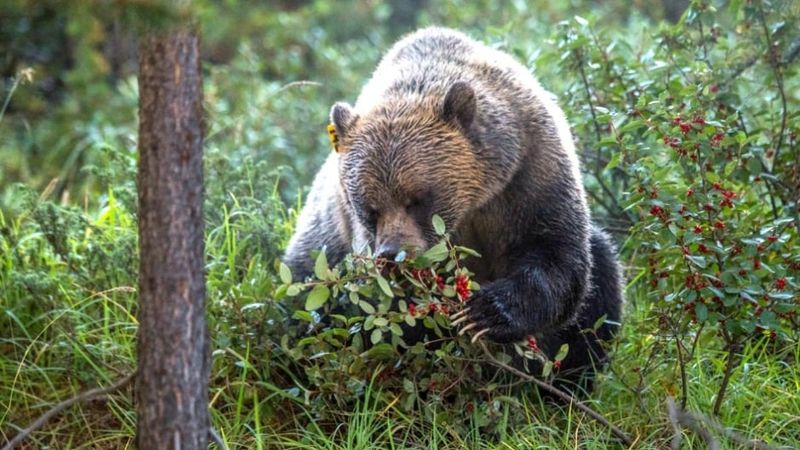
Berries top the list of bear favorites, with blueberries and huckleberries disappearing by the poundful when bears discover a patch. They’ll spend hours stripping bushes clean, gaining vital nutrients and sugars.
Fish, especially salmon, provide protein-rich meals during spawning seasons. Bears also enjoy nuts, insects, grasses, and even the occasional small mammal – truly the ultimate woodland omnivores.
The Role Of Bears In Ecosystems
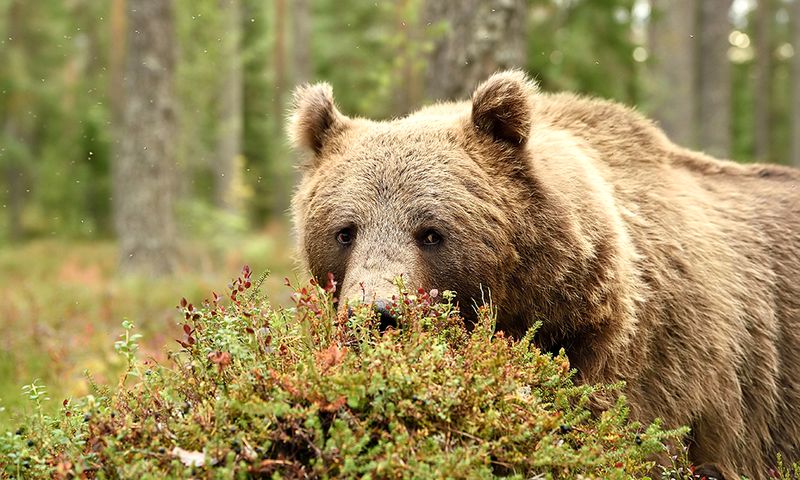
Bears serve as nature’s gardeners, spreading seeds throughout forests via their droppings. A single bear can disperse thousands of berry seeds daily, creating new plant growth miles from the original source.
Their digging for roots and insects aerates soil and creates microhabitats. When salmon-hunting, bears drag fish into forests, distributing marine nutrients that enrich woodland ecosystems in a unique land-sea connection.
Why Do Bears Raid Human Food Stores?
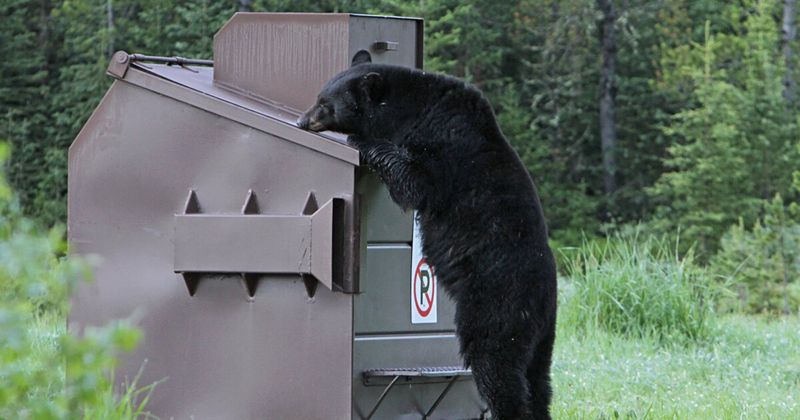
Human food offers bears the ultimate caloric jackpot – minimal effort with maximum reward. Once they discover this easy source, wild instincts are quickly overshadowed by opportunistic thinking.
Our food typically contains concentrated sugars, fats, and salts rarely found in nature. Unfortunately, this attraction creates dangerous human-bear conflicts, often ending badly for the bears who become labeled as “problem animals.”
How Bear-Related Incidents Are Managed In Zoos
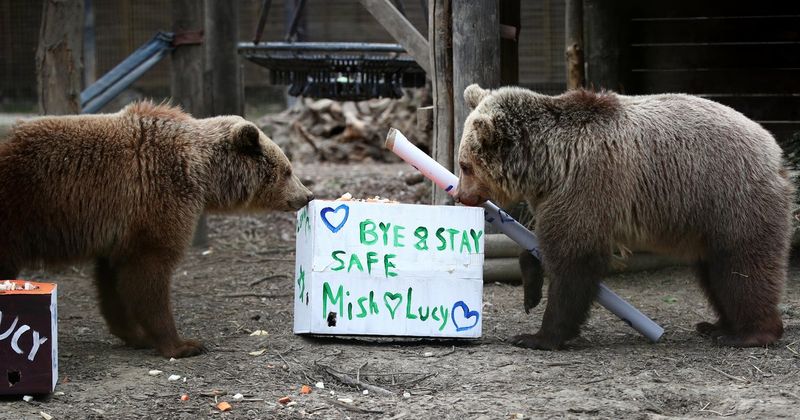
Modern zoos employ multi-layered security systems including electric fencing, moats, and reinforced barriers. Regular behavioral monitoring helps identify potential escape artists before they make their move.
Staff undergo specialized training for containment scenarios. Most facilities maintain tranquilizer equipment and practice regular drills, ensuring quick response like we saw with Mish and Lucy’s honey adventure.
Why Bears Sleep So Much After Feasting
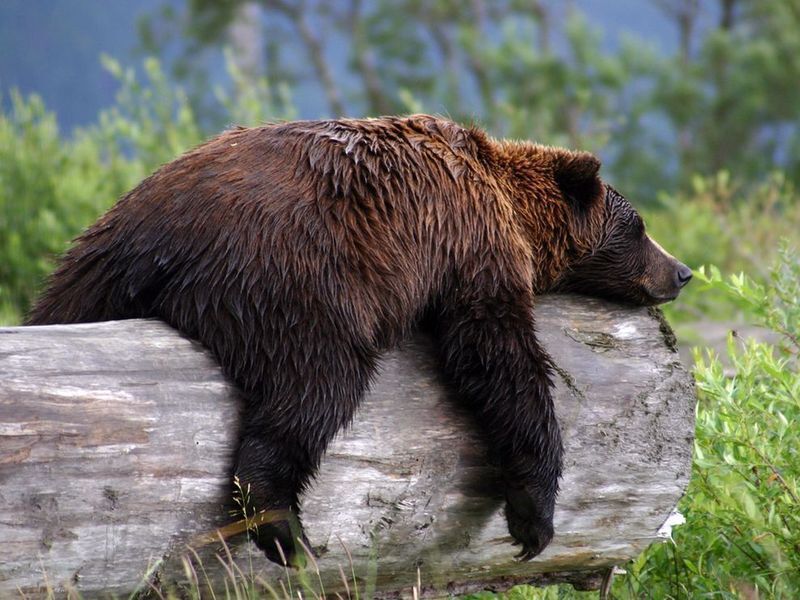
Bears enter a food coma state remarkably similar to humans after Thanksgiving dinner. Their bodies shift into digestive overdrive, directing blood flow to their stomachs rather than muscles, inducing drowsiness.
This post-feast napping helps maximize calorie absorption. For Mish and Lucy, their honey binge triggered this natural response – they were found curled up together, sticky-pawed and snoring, completely content with their mischievous adventure.


